Common Steps for a Rhinoplasty Procedure in Iran
Explore Rhinoplasty Procedure in Iran: 70% affordable, top-notch nose surgery for a confident new look! Learn more about this transformative option.
Rhinoplasty in Iran is a popular term for people looking for affordable and high-quality nose surgery. It is a standard procedure in Iran that costs 70% less than in the UK, Europe, and the USA. Rhinoplasty, also known as a Nose Job, is a surgery to improve the look and function of the nose. Skilled surgeons in Iran reshape or resize the nose to create a more balanced face. It is not just about looks; rhinoplasty can also fix breathing problems caused by nose structure issues. The surgery involves changing the bone, cartilage, and tissue in the nose to get the desired look and function.
People from different backgrounds seek Rhinoplasty procedure in Iran for various reasons:
-
Cosmetic Enhancement: People unhappy with their nose’s size, shape, or symmetry perform a rhinoplasty procedure in Iran to make their face look more balanced.
-
Correction of Deviations: Those born with nose problems or who got them later in life choose rhinoplasty to fix these issues.
-
Functional Improvement: People with trouble breathing due to nose problems, like a deviated septum, opt for rhinoplasty to fix these concerns.
In recent years, Iran has become a popular destination for Rhinoplasty and other relevant procedures, such as septoplasty and endoscopic sinus surgery, because of its good medical facilities, skilled surgeons, and affordable services. The country is committed to high medical standards, making it attractive to both local and international patients.
Why Iran Medical Tours?
We at Iran Medical Tours make all arrangements for your rhinoplasty procedure in different cities of Iran, mainly in Tehran, Mashad, and Shiraz, from free medical consultations, choosing the best surgeons, getting Iran medical visa and travel permissions, booking accommodations, pick-ups and transportation, and accompanying interpreters, to post-op care and follow-ups.
Start your medical journey to Iran by Contacting Us for a FREE consultation!
Starting a Rhinoplasty Procedure in Iran
Starting a rhinoplasty procedure in Iran involves different steps, each carefully planned to make sure everything goes well. Let’s go through what you can expect:
-
First Meeting (About 1 Hour): Your journey begins with a talk with the plastic surgeon. You discuss your goals, how you want your nose to look, your health history, and any worries you have. The surgeon looks at your nose and face, giving you an idea of what the surgery can achieve.
-
Health Check (About 1-2 Hours): After the first talk, there’s a thorough health check. This includes tests to see if you are healthy enough for the surgery. The surgeon also checks if you have any health conditions or take any medicines that could affect the surgery.
-
Your Plan (About 1 Hour): Using the first talk and health check, the surgeon creates a plan just for you. This plan details how the surgery will happen, what techniques will be used, and what results you can expect.
-
Surgery Time (About 2-3 Hours): The actual rhinoplasty surgery takes around 2 to 3 hours, depending on how complex it is. The surgeon follows the plan, carefully reshaping or resizing your nose to get the look and function you want.
-
Recovering (About 1-2 Days): After the surgery, you spend a short time being looked after to make sure you are recovering well. Your vital signs are checked, and any immediate discomfort is managed.
-
Check-Up (About 1 Hour): In your post-surgery care, you have a follow-up meeting with the surgeon, usually within the first week. The surgeon checks how well you are healing, removes any dressings or stitches, and gives you instructions for the next stages of recovery.
-
Back to Work (About 7-10 Days): You can expect to go back to work within 7 to 10 days after your rhinoplasty. Even though there might be a bit of discomfort and swelling, modern techniques make sure you recover quickly and get back to your normal activities soon.
-
Light Activities (About 2-3 Weeks): After 2 to 3 weeks, you can start doing light activities like gentle walks. But hold off on intense exercises for a few months. This careful approach helps with healing and gives you the best results.
-
Full Recovery (Varies – Weeks to Months): The full recovery time depends on different things, like how extensive the procedure was and how your body heals. Swelling and bruising might go down in a few weeks, but complete healing and the final results can take several months to a year.
